Flexible LED displays and rigid LED displays each have their own characteristics in terms of durability, and it is difficult to generalize which one is more durable. This mainly depends on specific application scenarios, usage methods, and maintenance factors. The following is a detailed analysis of the durability of both:
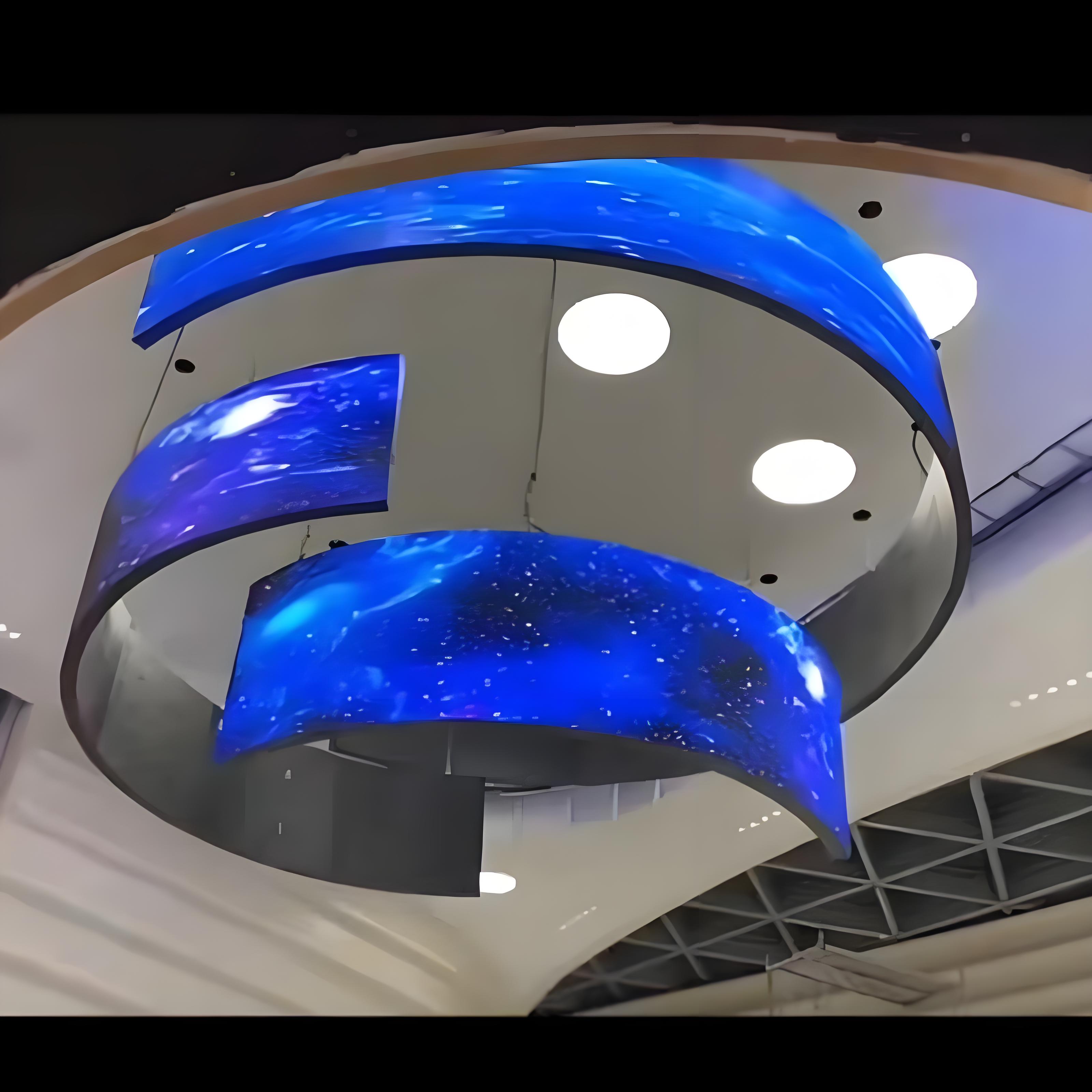
Durability of Flexible LED Display Screen
⑴ Strong earthquake resistance, compression resistance, and impact resistance: Flexible LED displays use flexible substrates, which can reduce damage caused by external forces such as vibration and impact to a certain extent. This makes it perform well in situations where it needs to withstand certain physical pressures, such as complex installation environments like curved stages and cylindrical buildings.
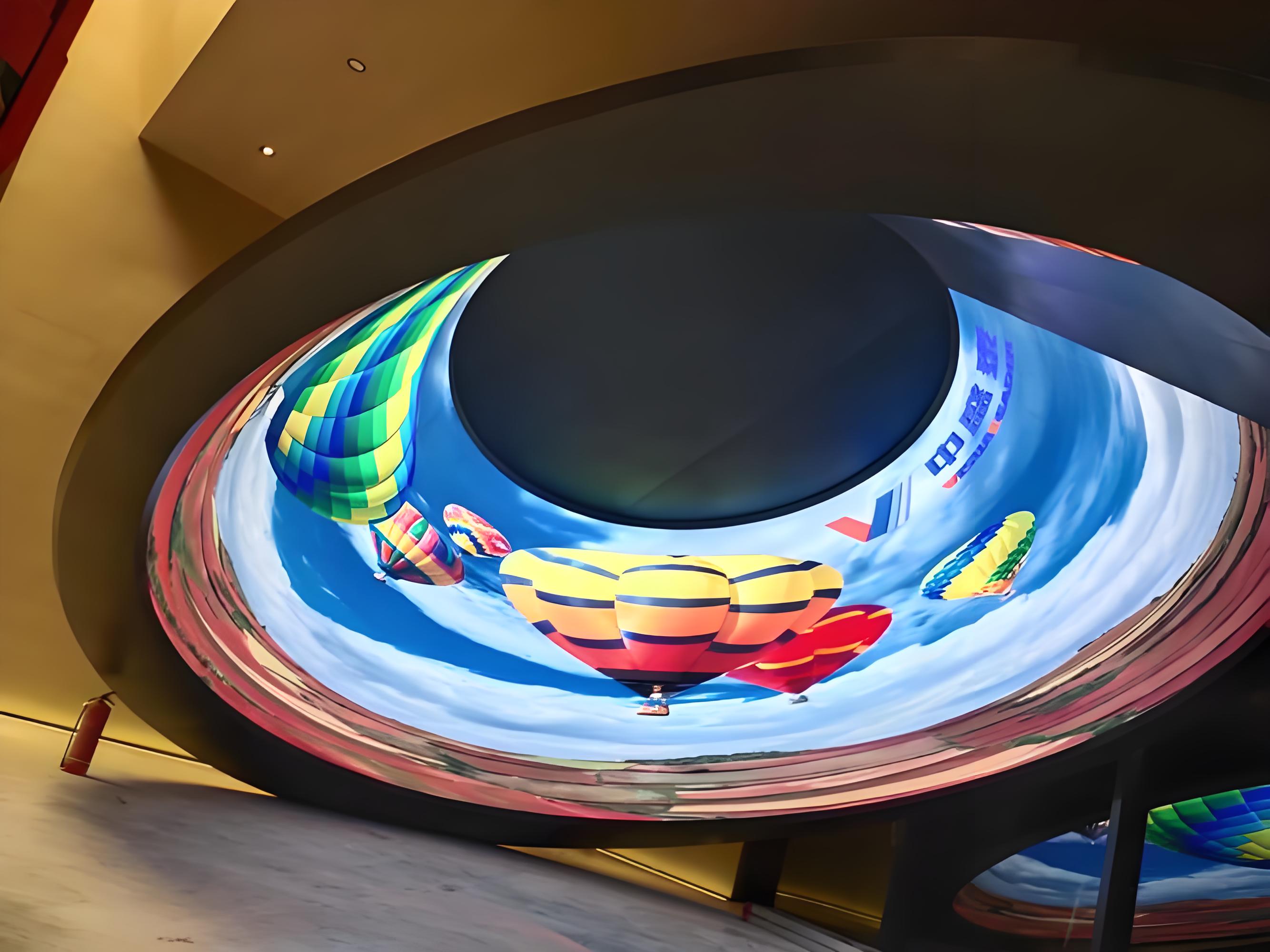
⑵ Strong adaptability: Due to its ability to bend and fold, flexible LED displays can adapt to various curved or irregular surfaces, reducing the risk of damage caused by improper installation or environmental changes.
⑶ High maintenance difficulty: However, the maintenance difficulty of flexible LED displays is relatively high. Due to its unique structure, once damage occurs, the repair process may be more complex and time-consuming.
Durability of Rigid LED Display Screen
⑴ Structural stability: The rigid LED display screen adopts a rigid substrate, which is structurally stable and not easily deformed or damaged. This makes it perform well in flat installation environments, such as indoor and outdoor billboards, large screen displays, etc.
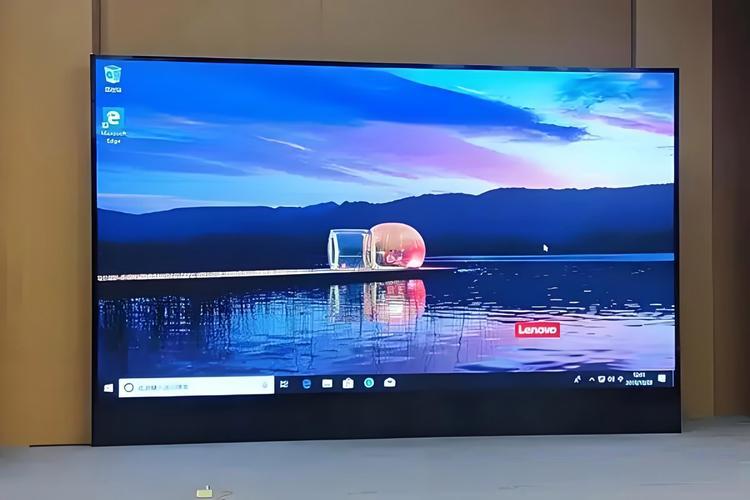
⑵ Safe and reliable connection method: The connection method of rigid LED display screens is usually safer and more reliable, and is less prone to leakage and other problems, thereby improving their overall stability.
⑶ Long service life: Hard LED displays can last longer without moving or displaying in different forms for a long time. Its stable structure and reliable connection method ensure long-term stability and durability.
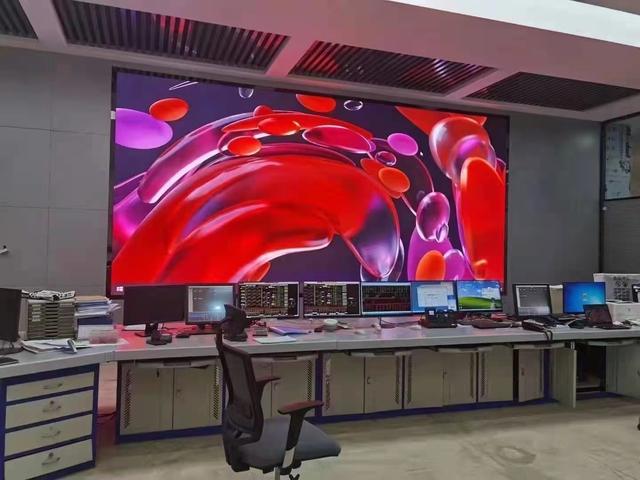
⑷ Poor flexibility: However, the flexibility of hard LED displays is poor, making it difficult to adapt to complex and changing installation requirements. In situations where bending or folding is required, rigid LED displays may not be able to handle it.
Overall consideration
⑴ Application scenarios determine durability: The durability of flexible LED displays and rigid LED displays is not absolute, but depends on specific application scenarios. Flexible LED displays may be more durable in situations where they need to withstand physical pressure or adapt to complex installation environments; In situations where flat installation, long-term non movement, or no different forms of display are required, rigid LED displays may be more durable.
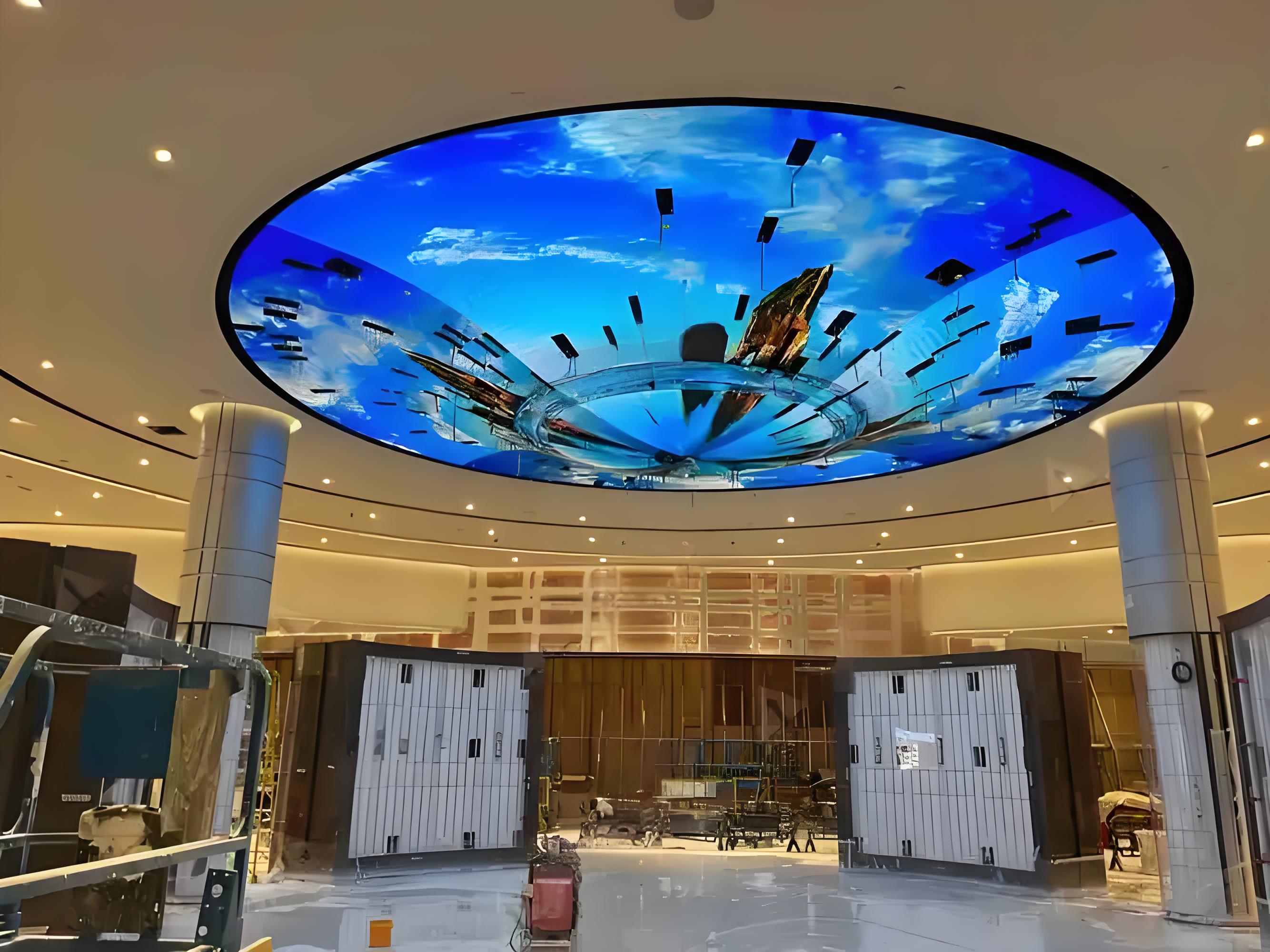
⑵ Maintenance is equally important: regardless of the type of LED display screen chosen, regular maintenance is the key to ensuring its durability. Reasonable usage, timely troubleshooting, and maintenance can effectively extend the service life of LED displays.
Therefore, when choosing an LED display screen, comprehensive consideration should be given to specific application scenarios, usage methods, and maintenance factors to select the type that best suits one's needs.
Post time: Oct-14-2025




